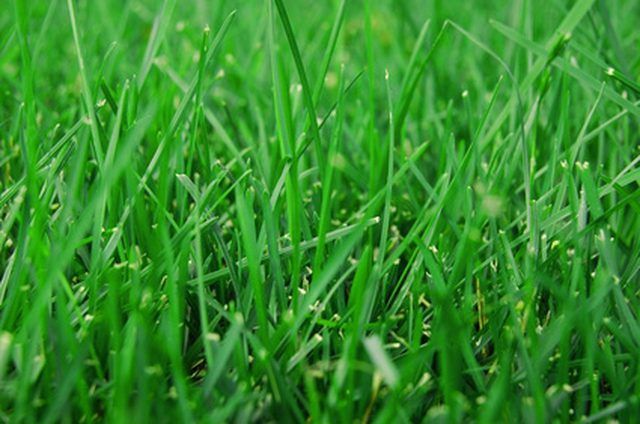Bulbs
Flower Basics
Flower Beds & Specialty Gardens
Flower Garden
Garden Furniture
Garden Gnomes
Garden Seeds
Garden Sheds
Garden Statues
Garden Tools & Supplies
Gardening Basics
Green & Organic
Groundcovers & Vines
Growing Annuals
Growing Basil
Growing Beans
Growing Berries
Growing Blueberries
Growing Cactus
Growing Corn
Growing Cotton
Growing Edibles
Growing Flowers
Growing Garlic
Growing Grapes
Growing Grass
Growing Herbs
Growing Jasmine
Growing Mint
Growing Mushrooms
Orchids
Growing Peanuts
Growing Perennials
Growing Plants
Growing Rosemary
Growing Roses
Growing Strawberries
Growing Sunflowers
Growing Thyme
Growing Tomatoes
Growing Tulips
Growing Vegetables
Herb Basics
Herb Garden
Indoor Growing
Landscaping Basics
Landscaping Patios
Landscaping Plants
Landscaping Shrubs
Landscaping Trees
Landscaping Walks & Pathways
Lawn Basics
Lawn Maintenance
Lawn Mowers
Lawn Ornaments
Lawn Planting
Lawn Tools
Outdoor Growing
Overall Landscape Planning
Pests, Weeds & Problems
Plant Basics
Rock Garden
Rose Garden
Shrubs
Soil
Specialty Gardens
Trees
Vegetable Garden
Yard Maintenance
How to Take Care of St. Augustine Grass in Texas
How to Take Care of St. Augustine Grass in Texas. St. Augustine grass is a common choice for lawns in the southeastern coastal regions from the Carolinas to eastern Texas. With its coarse, thick blades, it forms a mat-like covering and requires low to medium maintenance. St. Augustine grass thrives in tropical conditions, and is also one of the...

St. Augustine grass is a common choice for lawns in the southeastern coastal regions from the Carolinas to eastern Texas. With its coarse, thick blades, it forms a mat-like covering and requires low to medium maintenance. St. Augustine grass thrives in tropical conditions, and is also one of the more shade resistant of the warm season grasses. In parts of Texas where it is warm and sunny, but often drought laden as well, maintaining St. Augustine grass requires a bit of extra care.
Things You'll Need
Fertilizer (nitrogen)
Irrigation/watering source
Lawn mower
Pesticide (optional)
Beneficial nematodes (optional)
Herbicide (optional)
Feed your grass. St. Augustine grass responds well in terms of growth and color to nitrogen fertilizers. Begin fertilizing in the spring about three weeks after the grass greens up and after the risk of frost disappears. Use three-fourths to 1 lb. of fertilizer per 1,000 square feet of grass per month during the growing season of late spring and summer. Apply every eight to 10 weeks. As winter nears (four to six weeks before the first frost is expected), use a low nitrogen, high potassium fertilizer and apply no more than one-half pound per 1,000 square feet. There is usually no need to fertilize St. Augustine grass during the winter months.
Water the grass. Watering St. Augustine grass is easy: do it only as needed to supplement rainfall, especially in the wetter, coastal regions. You can tell it's time to water when your grass has a dull bluish color, folded or wilted leaves, and a lack of resiliency when stepped on. During the drier, hotter summer months of June through August, water weekly in the early morning such that the soil gets wet to a depth of four to six inches. If your grass is on sandy soil, water every three days. During the fall months, move back to watering only if and when needed (that is, when your grass starts showing signs of distress). During the winter, make sure to water any newly planted sod to prevent it from drying up.
Mow the lawn as soon as it begins to green up in the spring. Set the mowing height to 2.5 to 3 inches. A lower mowing height like this requires more frequent mowing but results in a lusher, healthier lawn. Grass that's cut too short can become weakened and more susceptible to weeds. At a height of 2.5 inches, the grass should be mowed every seven to 10 days. Above that height, it should be mowed every 10 to 14 days. Once the grass becomes dormant (late fall and winter), there is no need to mow.
Tips & Warnings
Check for insect pests on a routine basis. Chinch bugs and white grubs are the most common and serious of these pests. Yellow spots or drought-like symptoms can indicate chinch bug activity. Check by pushing a coffee can (with both ends removed) into the ground and fill it with water. Chinch bugs will float if present. If you have 15 or more per square foot, call a professional or treat yourself with an insecticidal soap or approved pesticide. For a grub infestation, try applying beneficial nematodes (tiny worms) to the problem area. The worms will eat the grubs.
Do not exceed three pounds of nitrogen per 1,000 square feet per year. Any more than this and the grass will become susceptible to disease and insects.
Exercise caution if using a herbicide to fight weeds. St. Augustine grass is sensitive to some herbicides (2,4-D and MSMA), so make sure to follow the directions on the label carefully. The broadleaf herbicides Blade and Manor are very effective and don't harm St. Augustine grass. However, they may only be available through a professional lawn care service.